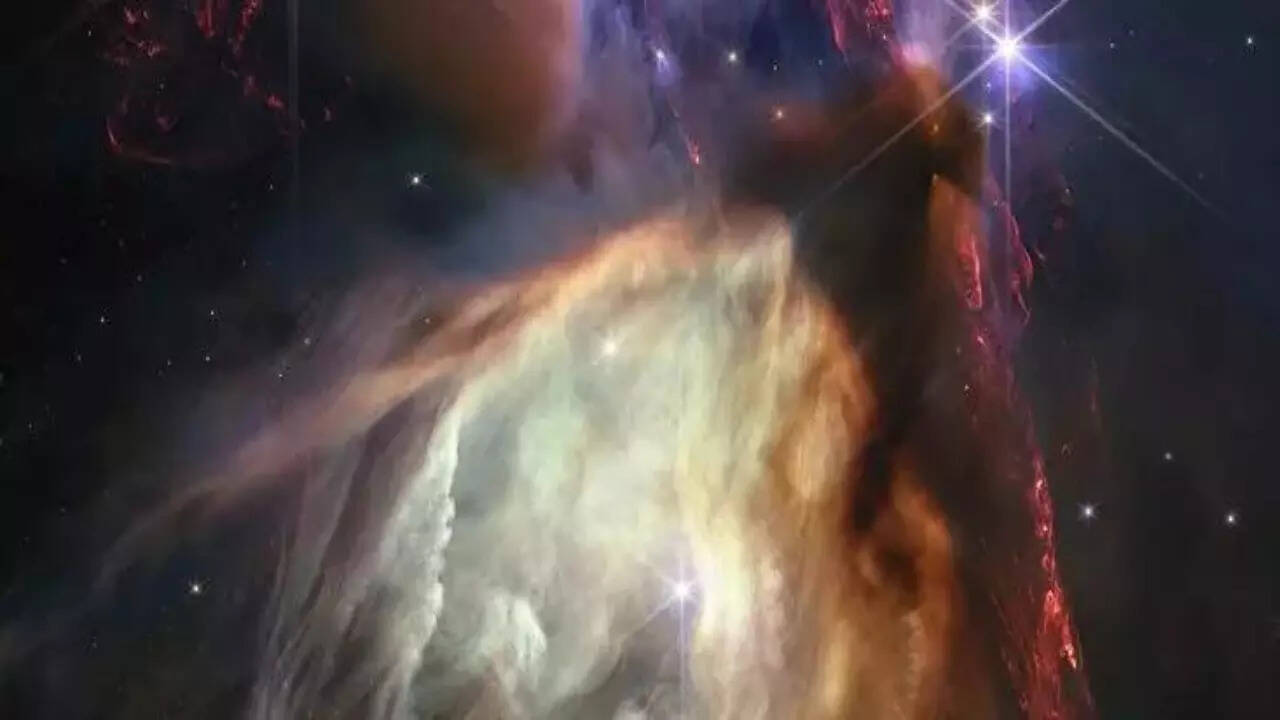[ad_1]
NEW DELHI: China is undertaking a massive scientific endeavor by constructing the world’s largest “ghost particle” detector beneath the Western Pacific Ocean’s surface, named the Tropical Deep-sea Neutrino Telescope (TRIDENT) or “Ocean Bell” in Chinese.
According to a report in Space.com, this groundbreaking project, set for completion in 2030, aims to capture elusive neutrinos as they briefly become detectable in the deep ocean depths, providing valuable insights into their cosmic origins.
Neutrinos, often referred to as “ghost particles,” are subatomic particles with almost-zero mass and no electrical charge. They pass through matter with minimal interaction, making them notoriously difficult to detect.
These elusive particles can be traced back to ancient, cataclysmic cosmic events like stellar explosions and galactic collisions when they are slowed down, Space.com reported.
TRIDENT, anchored 11,500 feet (3,500 meters) below the ocean’s surface, employs the Earth itself as a shield to detect neutrinos penetrating from the opposite side of the planet.
Chief scientist Xu Donglian explained, “As TRIDENT is near the equator, it can receive neutrinos coming from all directions with the rotation of the Earth, enabling all-sky observation without any blind spots.”
According to the report, this ambitious endeavor will utilize more than 24,000 optical sensors distributed across 1,211 strings, each 2,300 feet (700m) in length, ascending from the seabed. Arranged in a Penrose tiling pattern, the detector will span 2.5 miles (4 kilometers) in diameter and scan an impressive 1.7 cubic miles (7.5 cubic kilometers).
In contrast, the current largest neutrino detector, IceCube in Antarctica, has a monitoring area of only 0.24 cubic miles (1 cubic km), making TRIDENT significantly more sensitive and poised to make significant neutrino discoveries.
A pilot project for TRIDENT is scheduled to begin in 2026, with the full detector coming online in 2030.
According to a report in Space.com, this groundbreaking project, set for completion in 2030, aims to capture elusive neutrinos as they briefly become detectable in the deep ocean depths, providing valuable insights into their cosmic origins.
Neutrinos, often referred to as “ghost particles,” are subatomic particles with almost-zero mass and no electrical charge. They pass through matter with minimal interaction, making them notoriously difficult to detect.
These elusive particles can be traced back to ancient, cataclysmic cosmic events like stellar explosions and galactic collisions when they are slowed down, Space.com reported.
TRIDENT, anchored 11,500 feet (3,500 meters) below the ocean’s surface, employs the Earth itself as a shield to detect neutrinos penetrating from the opposite side of the planet.
Chief scientist Xu Donglian explained, “As TRIDENT is near the equator, it can receive neutrinos coming from all directions with the rotation of the Earth, enabling all-sky observation without any blind spots.”
According to the report, this ambitious endeavor will utilize more than 24,000 optical sensors distributed across 1,211 strings, each 2,300 feet (700m) in length, ascending from the seabed. Arranged in a Penrose tiling pattern, the detector will span 2.5 miles (4 kilometers) in diameter and scan an impressive 1.7 cubic miles (7.5 cubic kilometers).
In contrast, the current largest neutrino detector, IceCube in Antarctica, has a monitoring area of only 0.24 cubic miles (1 cubic km), making TRIDENT significantly more sensitive and poised to make significant neutrino discoveries.
A pilot project for TRIDENT is scheduled to begin in 2026, with the full detector coming online in 2030.
[ad_2]
Source link


